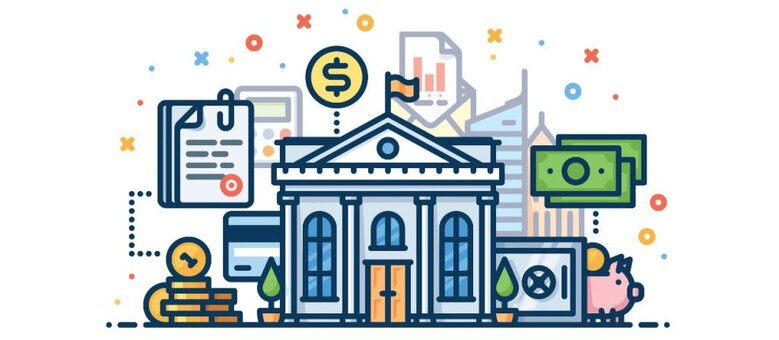The fourth interest rate cut of 2020 was announced in May.
This is good news for consumers, but even better news for those who have been renting for a long time and are now looking to become homeowners.
There is an unprecedented opportunity for home buyers to take advantage of a near five decade low interest rate which dramatically improves affordability.
By now, we are sure that you have seen many articles indicating the decrease in the Repurchase rate, aka Repo rate and subsequently the prime rate. With all the jargon out there, it can sometimes be a bit of a mystery as to what it actually means. All we know is it means something positive for consumers and credit users.
The Repo rate is at an almost 47-year low of 3.75% and the prime lending rate of 7.25%
First we have to start with the South African Reserve Bank (SARB).
They are the central bank of South Africa, and their main job is to achieve and maintain price stability in the interest of balanced and sustainable economic growth in our country. One of the tools that the reserve bank uses raising or lowering interest rates.
Higher interest rates encourages people to avoid debt. Less money is lent out and is circulating in the economy. This slows inflation, protects the value of the Rand and help stabilise the economy.
Lower interest rates, which is what we have now, make borrowing money cheap and more accessible. This can help kick start a sluggish economy as people spend more and do more with their money. However as we spend more, inflation tends to increase which devalues our currency. This is where the balancing act comes in for the SARB.
So, how does the Reserve bank control interest rates? They use the Repo Rate to influence things.

What is the Repo Rate?
This is the rate that the Reserve Banks lends to the commercial banks. By raising or lowering this rate, the Reserve Bank makes it cheaper or more expensive for banks to borrow. This then determines the interest rate that banks lend money out to consumers like us, the prime lending rate.
You will notice that your home loan is referred to as Prime plus a certain margin. This means that if the South African Reserve Bank lowers the Repo Rate, the Prime Lending Rate lowers and therefore your home loan interest rate is lower too. If the South African Reserve Bank increases the Repo rate, the Prime Lending rate increases and so does your home loan interest rate.
Have you been renting for a long time, waiting for the right moment to purchase your home?
Home loan interest rate cuts this year make 2020 the year to buy your home.


